Dazzling Daisies: Discover 15 Flowers Similar to Gerbera
Gerbera daisies are stunning flowers that can enhance any garden or floral arrangement. But did you know other flowers bear a resemblance and can add a delightful touch to your collection?
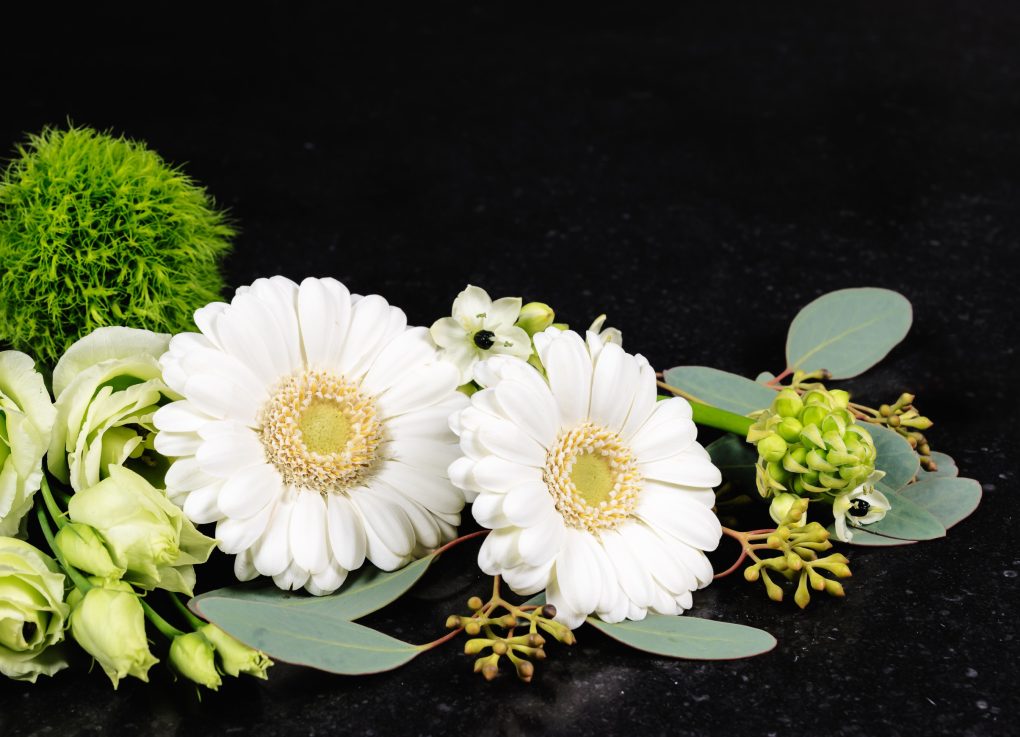
Table of Contents
What are Gerbera Daisies?
Gerbera daisies are a species of colorful flowers originally from South Africa. They boast large blooms and long stems, and their vivid colors and extended vase life make them popular choices for floral arrangements.
Discover Other Flowers Similar to Gerbera Daisies
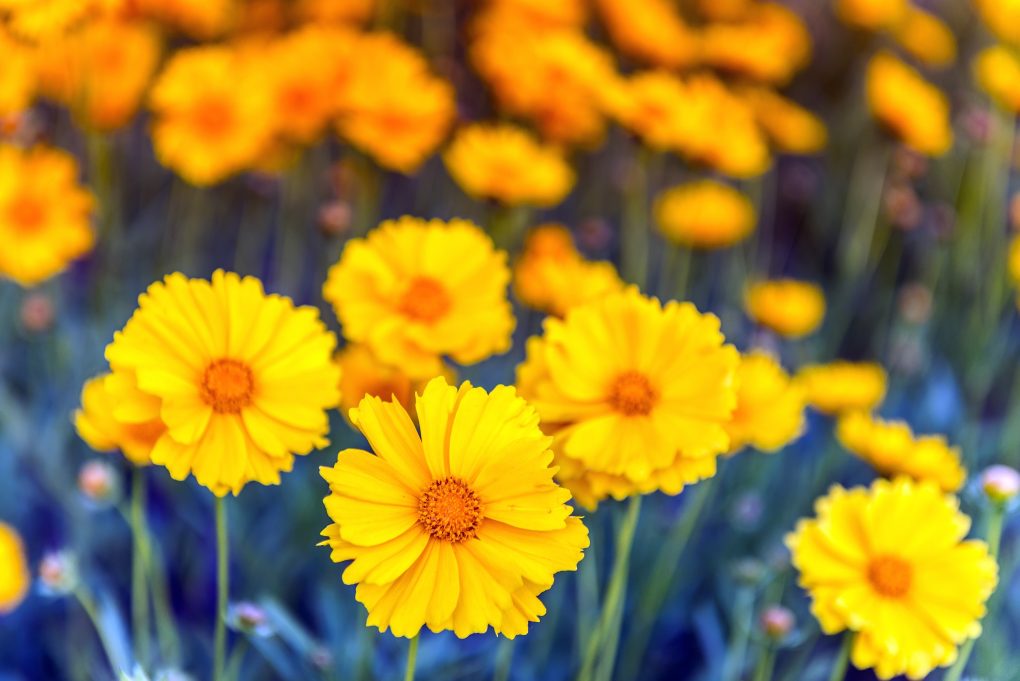
If you adore the beauty of gerbera daisies, you will surely appreciate these stunning alternatives! Sunflowers, with their big, bright yellow petals, offer a vibrant splash of color, while marigolds’ orange and yellow combination adds texture to your garden.
Zinnias come in various colors and attract pollinators, making them an excellent choice for flower and nature enthusiasts. Dahlias, with their intricate petal designs and a broad spectrum of colors, can steal the show in any arrangement, ranging from white petals with yellow centers to deep violets.
African Daisy (Arctotis)
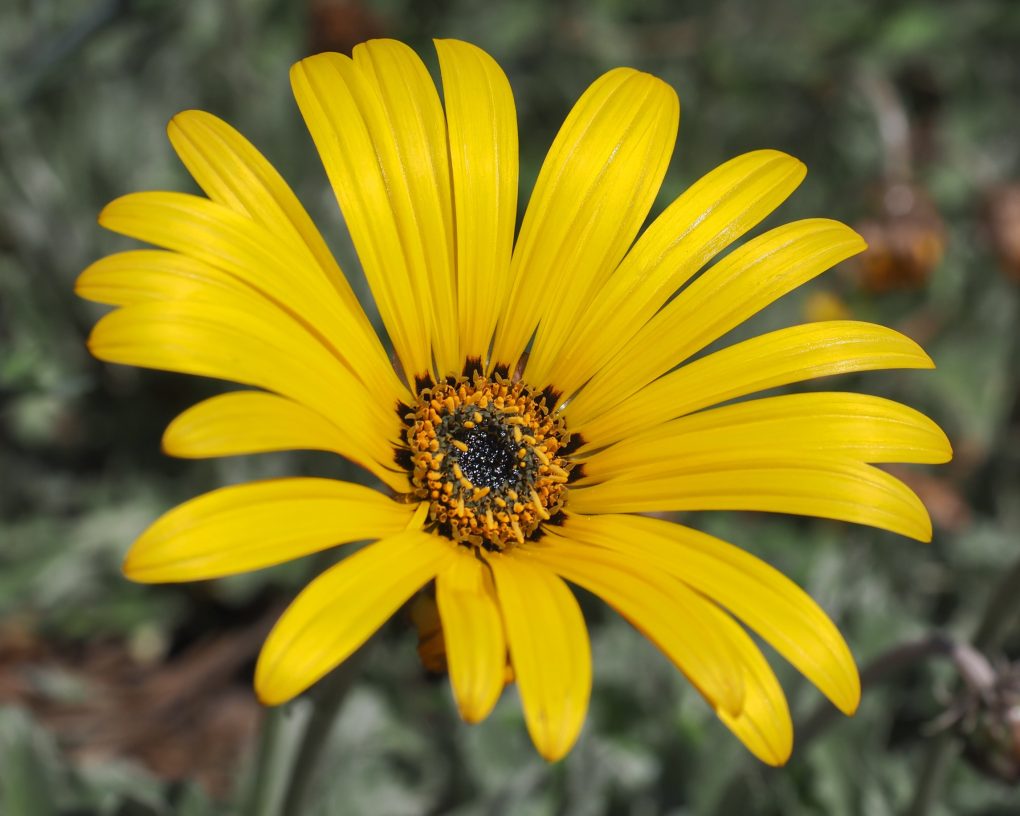
African Daisy (Arctotis) is a beautiful flower alternative to Gerbera Daisies with its bright and vibrant colors. Its orange, pink, yellow, and white petals bring color to any garden or bouquet. Thriving in full sun exposure and well-draining soil, this low-maintenance flower is ideal for gardeners seeking to add variety to their flower beds. African Daisy also attracts pollinators like butterflies and bees with its daisy-like flowers, making it a great addition to meadows and wildflower gardens.
African Daisy (Gazania rigens)
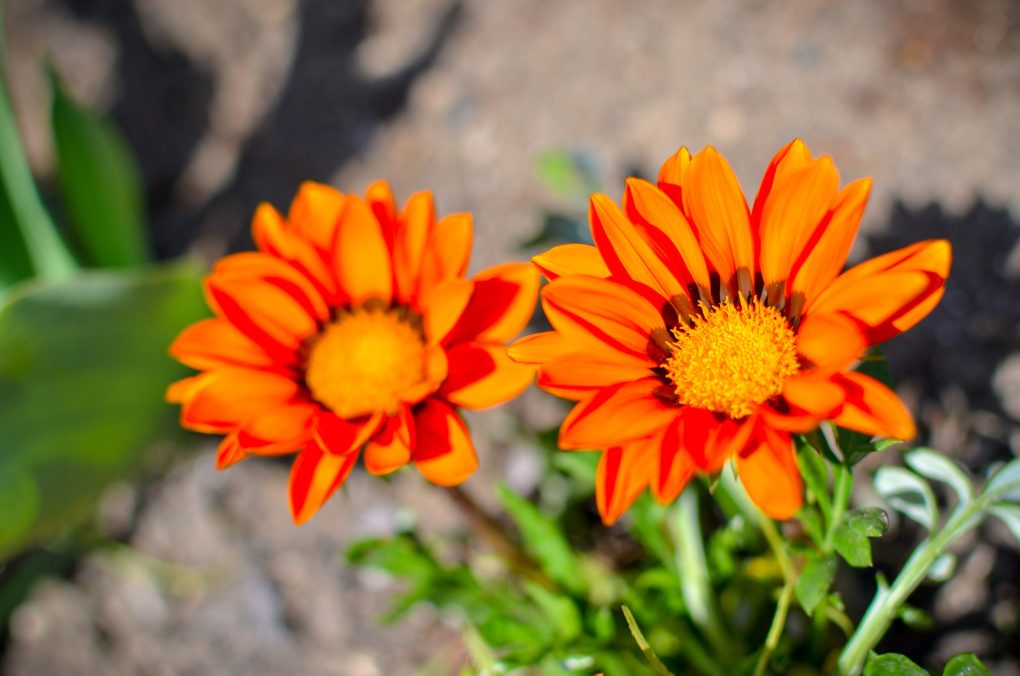
African daisies are bright-colored flowers with elongated petals. These “treasure flowers” require low maintenance and thrive in hot and sunny weather conditions. They are perfect for gardens in warmer climates and make beautiful cut flowers for indoor arrangements. African Daisies belong to the Asteraceae family, like Gerbera Daisies, Shasta Daisies, Aster Daisies, and Black-Eyed Susans. With their yellow centers and white petals, these daisy-like flowers can grow up to an inch in diameter. They also attract pollinators such as butterflies and bees, making them a great addition to any garden.
Aster Daisy (Symphyotrichum)
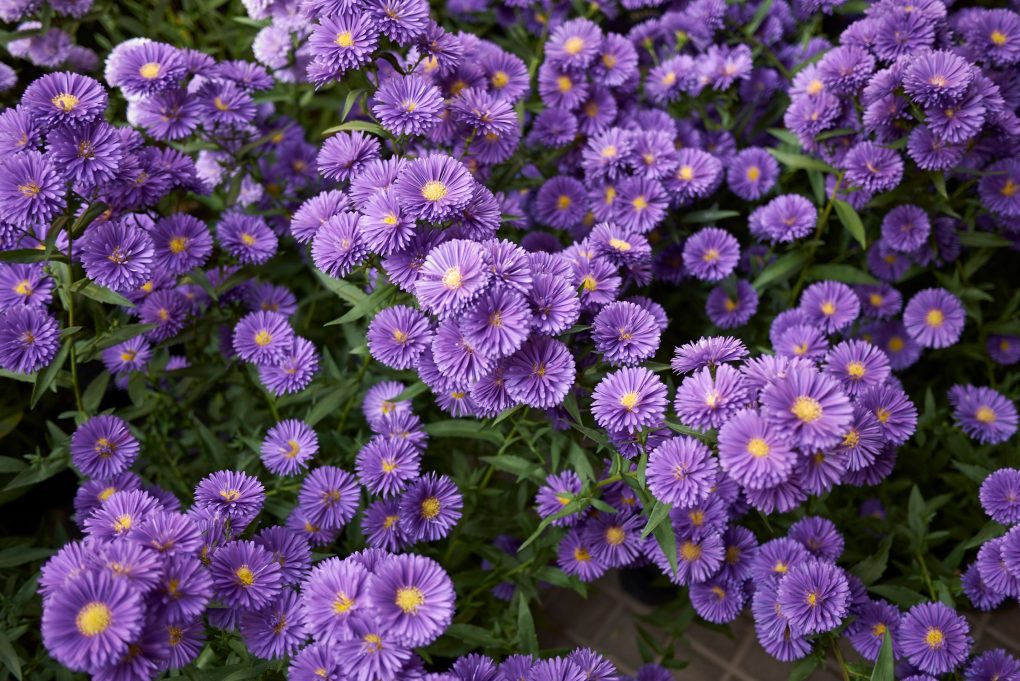
Symphyotrichum is a vibrant perennial flower resembling Gerbera daisies but adds a unique touch with elongated petals. These cheerful blooms come in various colors, including lavender and violet, making them perfect for gardens. These daisy-like flowers bring beauty to any space with their yellow centers and white petals. Pollinators such as butterflies are attracted to the striking foliage of this hardy member of the Asteraceae family. The Aster Daisy thrives best in full sun exposure and well-drained soil conditions and can withstand drought, much like echinacea purpurea or rudbeckia. Its diameter can reach up to an inch wide!
Blue Daisy (Felicia amelloides)
The Blue Daisy (Felicia amelloides), native to South Africa and belonging to the Asteraceae family, is a stunning flowering plant. It produces blue-petaled flowers with a yellow center resembling small sunflowers. These flowers bloom from spring to fall if regularly deadheaded and prefer growing in full sun and well-draining soil. You can add this low-maintenance plant in containers or rock gardens and attract pollinators like butterflies while enhancing the surrounding beauty with its lavender-inspired foliage. The Blue Daisy’s beautiful appearance makes it an excellent alternative to Gerbera Daisies in bouquets or as a centerpiece flower.
Cape Daisy (Osteospermum)
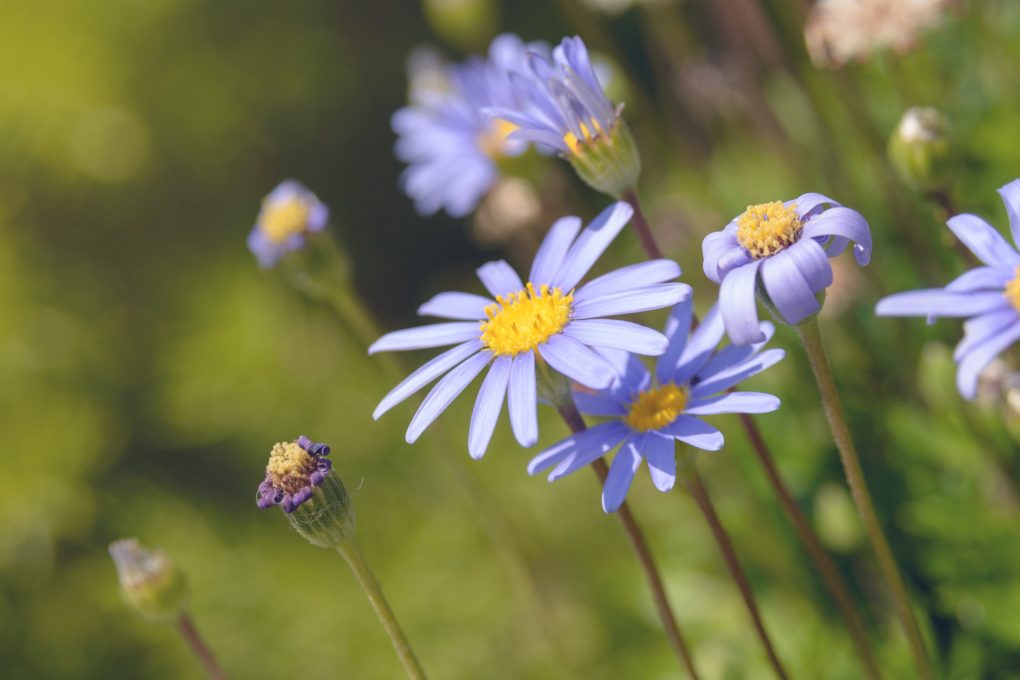
The Cape Daisy, also known as Osteospermum, is a daisy-like flower that adds a pop of color to your garden or bouquets. These beautiful flowers can withstand drought and heat conditions and bloom from late spring through early autumn. With their white petals surrounding a yellow center and their hardy foliage, Cape Daisies are perfect for planting in well-draining soil under full sun. Other flowers similar to Gerbera Daisies include Asteraceae family members such as Shasta Daisies, painted daisies, Rudbeckia, or Black-eyed Susan.
Cape Marguerite Daisy (Dimorphotheca ecklonis)
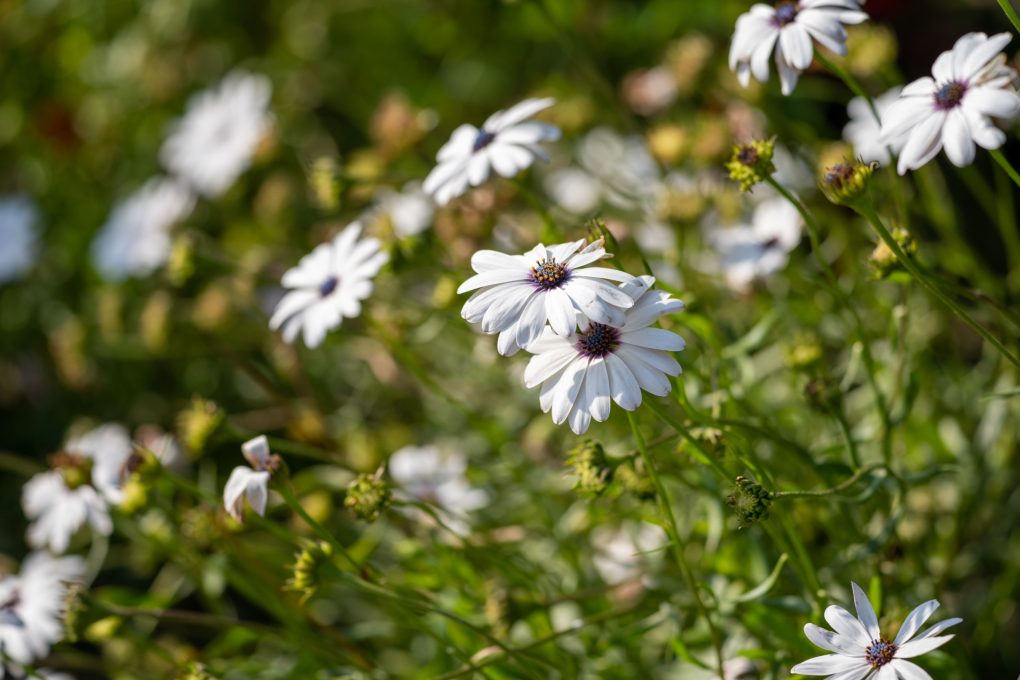
Resembling Gerbera daisies, the Cape Marguerite Daisy boasts bright and bold petals in pink, orange, yellow, and white hues. This low-maintenance flower is a favorite among home gardeners who desire beauty without much effort. It looks stunning in floral arrangements or as a border plant in gardens. The Cape Marguerite Daisy requires full sun and well-draining soil conditions to bloom from spring to fall. Additionally, it attracts pollinators like butterflies and bees, making it a valuable addition to your garden.
Chocolate Daisy (Berlandiera lyrata)
The Chocolate Daisy, also known as Berlandiera lyrata, emits a delightful chocolate scent from its yellow flowers. With daisy-like petals surrounding its central disk, it resembles Gerbera daisies. This flower is perfect for areas with drought conditions due to its hardiness and low-maintenance nature. Butterflies and bees are attracted to this plant, making it an excellent choice for any landscape design.
Coneflower Daisy (Echinacea)
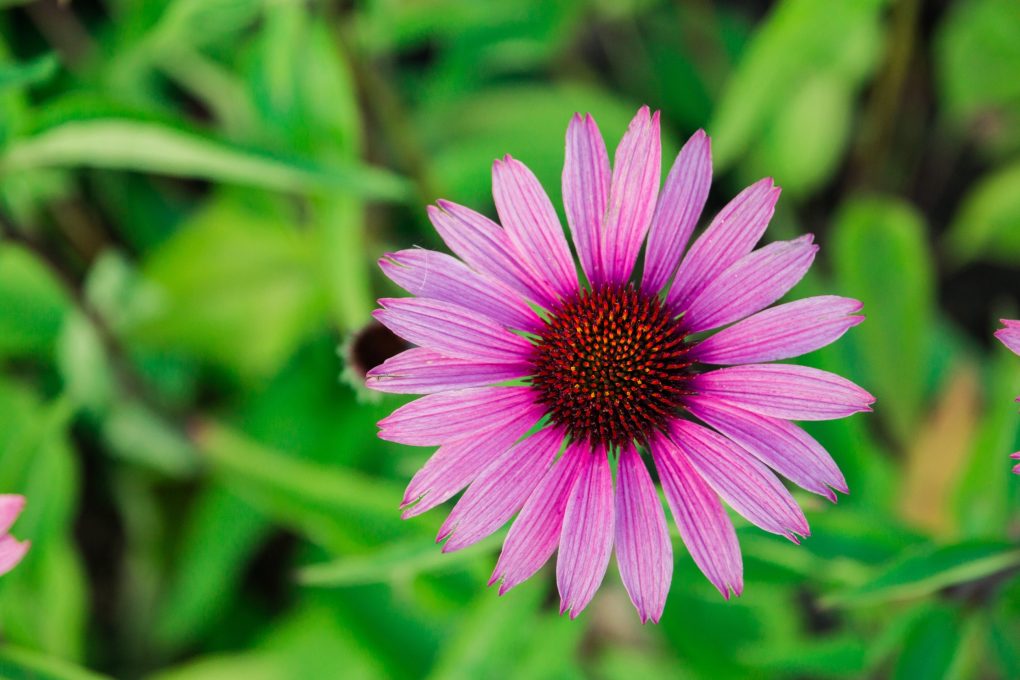
Coneflower Daisies, scientifically known as Echinacea purpurea, are beautiful flowers akin to their cousin, Gerbera Daisies. These members of the asteraceae family feature stunning violet-colored petals with a yellow center that entice pollinators like bees and butterflies. Coneflower Daisies bloom from late spring to early fall and withstand drought conditions, making them ideal for full-sun gardens. In addition to being similar to Gerbera daisies, this hardy perennial plant has several other key terms associated with it, such as drought-resistant, shrub-like growth habit, and various species belonging to the asteraceae family.
Crown Daisy (Glebionis coronaria)
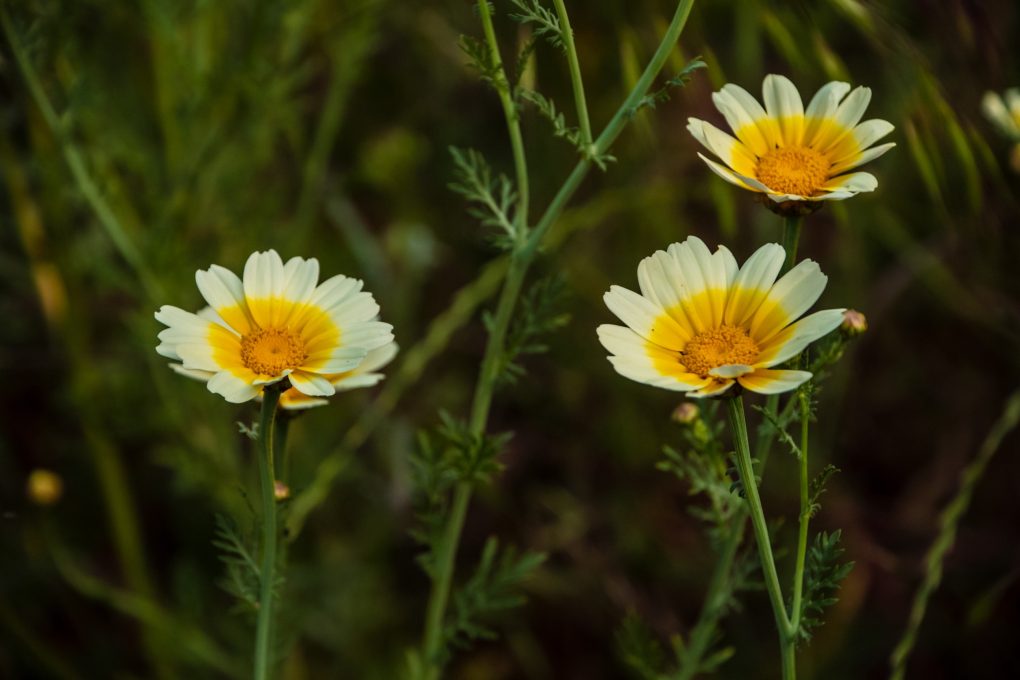
Native to the Mediterranean region, Crown Daisy (Glebionis coronaria) is a beautiful flower with yellow or white petals and a yellow center disk. This hardy perennial plant can reach up to two feet in height and thrives in full sun or partial shade, making it perfect for gardens and meadows. Crown Daisy blooms in late spring through early summer, attracting pollinators like bees and butterflies. Like Gerbera Daisies, this daisy-like flower has a central disk surrounded by ray petals, giving it an attractive appearance. It’s great for bouquets and finds culinary uses in Asian cuisine due to its slightly bitter taste.
Dahlberg Daisy (Thymophylla tenuiloba)
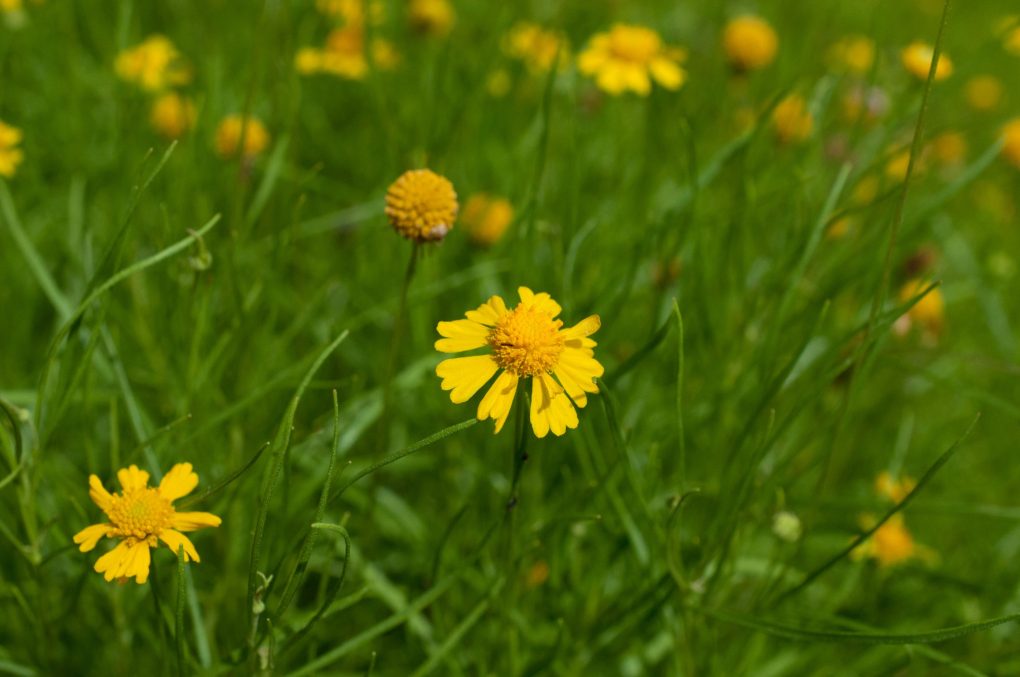
The Dahlberg Daisy (Thymophylla tenuiloba) is a beautiful flower that blooms in late spring and early summer. These low-maintenance flowers are perfect for adding color to gardens with minimal effort. With daisy-like flowers featuring white petals surrounding a yellow center, these butter daisies can thrive in full sun and well-drained soil. They are suitable for meadows or wildflower gardens and can tolerate drought conditions. Besides being a great addition to bouquets, the Dahlberg Daisy attracts pollinators like bees and butterflies to your garden.
Damianita Daisy (Chrysactinia Mexicana)
Damianita daisy (Chrysactinia Mexicana) showcases beautiful yellow flowers resembling small sunflowers. These daisy-like flowers are known for their hardiness and ability to thrive in hot and dry climates, making them perfect for drought-tolerant gardens. Pollinators such as bees and butterflies are attracted to the bright yellow petals of Damianita daisies, which bloom from spring through fall. This low-maintenance plant can be planted in rock gardens or containers to add color to any landscape. With its low water requirements and stunning blooms, Damianita daisy is an excellent choice for any gardener looking for a hardy yet beautiful addition to their garden.
English Daisy (Bellis perennis)
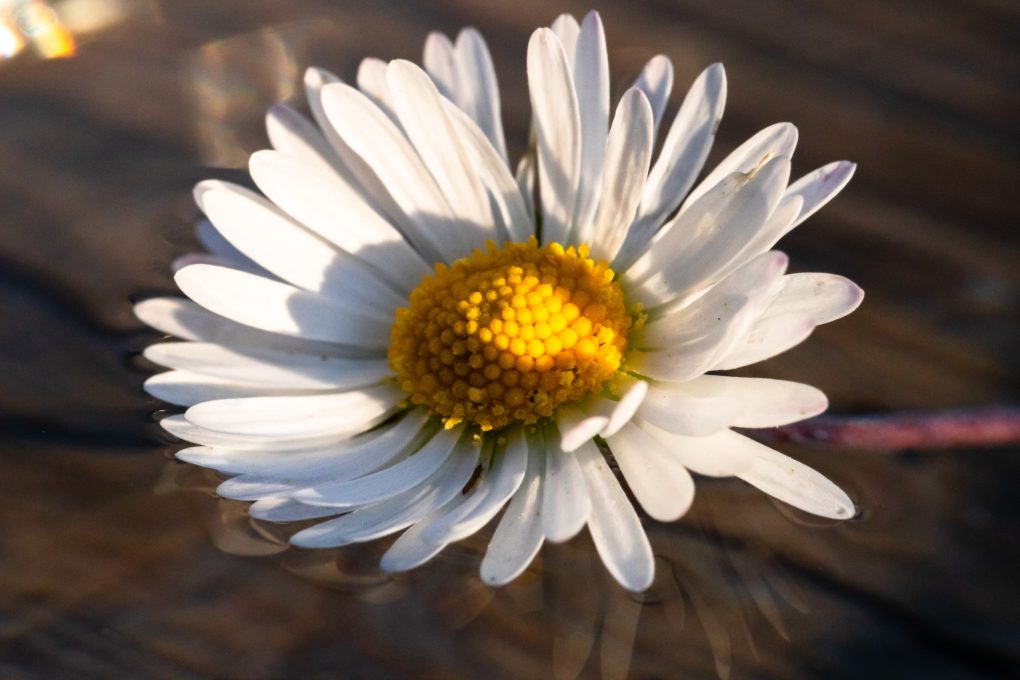
English Daisies (Bellis perennis), members of the Asteraceae family, are pretty flowers in white, pink, and red hues. Gardeners often use them as ground covers or border plants due to their beautiful daisy-like blooms, delicate petals, and bright yellow center. These hardy perennials can grow to an inch in diameter and attract pollinators such as butterflies and bees. They require well-draining soil and partial shade with full sun exposure to thrive. English Daisies bloom from late spring through summer and the frost-free autumn months. Bellis Perennis is ideal for bouquets and great for borders in meadows or shrubs alongside other wildflowers like Shasta Daisies, Lavender, or Calendula.
Euryops Daisy (Euryops pectinatus)
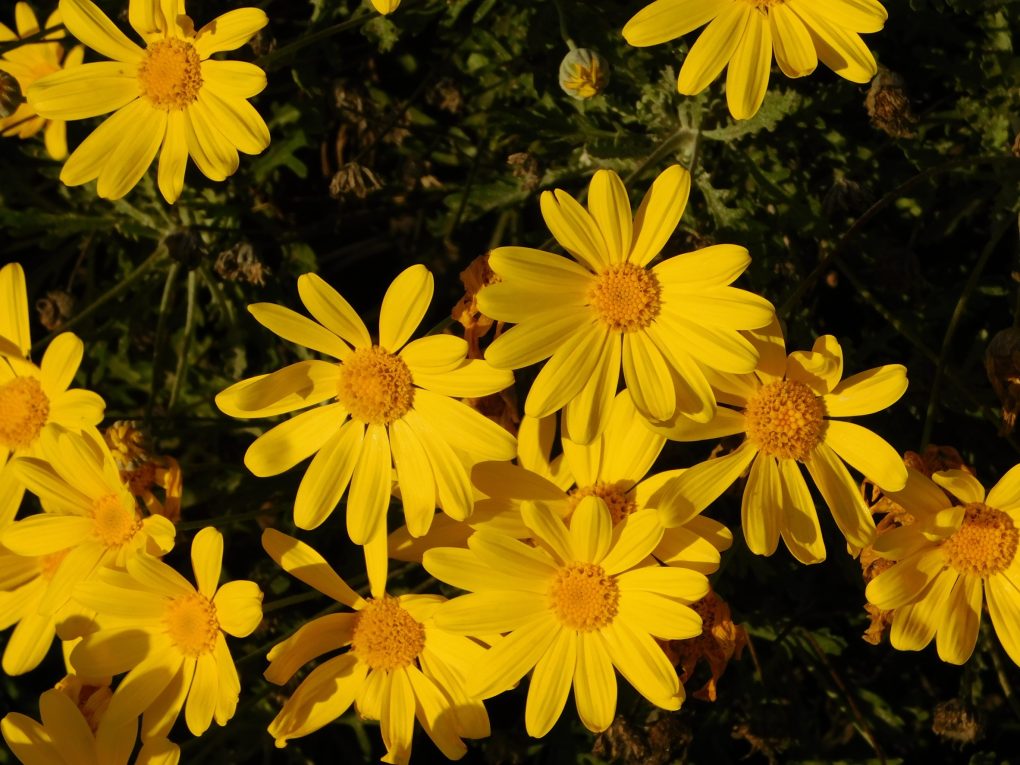
Resembling the cheerful daisy-like flowers of Gerbera Jamesonii, the Euryops Daisy (Euryops pectinatus) features bright yellow petals. Native to Africa, this beautiful flower prefers full sun and well-draining soil. It blooms from late winter through early summer, attracting pollinators like bees and butterflies. With regular watering, it can withstand drought conditions. This low-maintenance shrub adds beauty to bouquets and looks stunning in meadows and gardens.
Florist’s Daisy (Chrysanthemum x grandiflorum)
Florist’s Daisy, scientifically known as Chrysanthemum x grandiflorum, is a popular flower that resembles Gerbera Daisies but comes in colorful petals of various shades, including violet, yellow, and white. Beautiful daisy-like flowers and a long vase life make it an ideal addition to bouquets. Other yellow flowers like Gerbera Daisies, such as Zinnias, sunflowers, dahlias, and asters, bloom from late spring through autumn and attract pollinators like bees and butterflies. These low-maintenance plants thrive in full sun with well-draining soil and tolerate drought conditions. Pair these beautiful flowers with black-eyed Susan or blanket flower for a vibrant garden bed.
Gaillardia Daisy
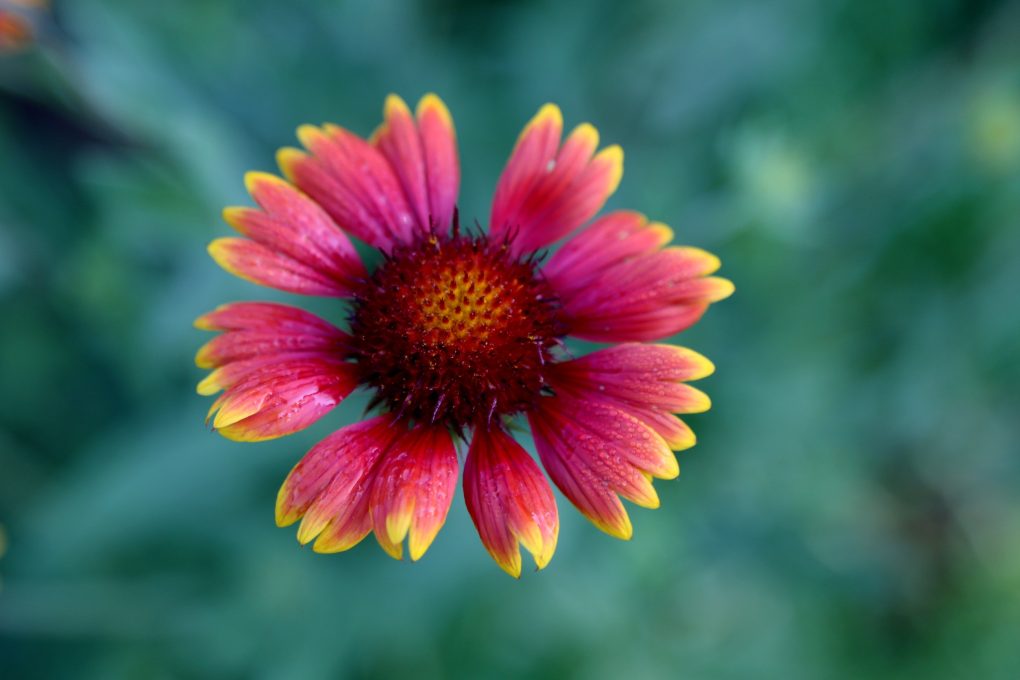
Gaillardia daisies, commonly known as Blanket flowers, belong to the Asteraceae family. They bloom from late spring to early autumn, producing beautiful daisy-like flowers with yellow centers surrounded by petals in various shades of red, yellow, orange, or bi-colors. These low-maintenance plants can tolerate drought conditions, making them perfect for hot summers. Gaillardia prefers full sun exposure with well-draining soil but can grow in poor soils. The attractive foliage of Gaillardia adds color to any landscape design. Gardeners often mix Gaillardia with other herbaceous perennials such as Echinacea purpurea or Rudbeckia hirta for a stunning visual display.
Conclusion
Gerbera daisies are adored for their bright colors and cheerful appearance, but a whole world of flowers share similar features. From the Cape Marguerite Daisy to the Florist’s Daisy, these dazzling daisies offer unique characteristics and benefits. Whether you’re seeking low-maintenance options or showstoppers, there’s a flower out there. So why not venture beyond Gerbera daisies and experiment with these vibrant alternatives? For more inspiration on flowers akin to Gerberas, check out our comprehensive list of similar blooms.
